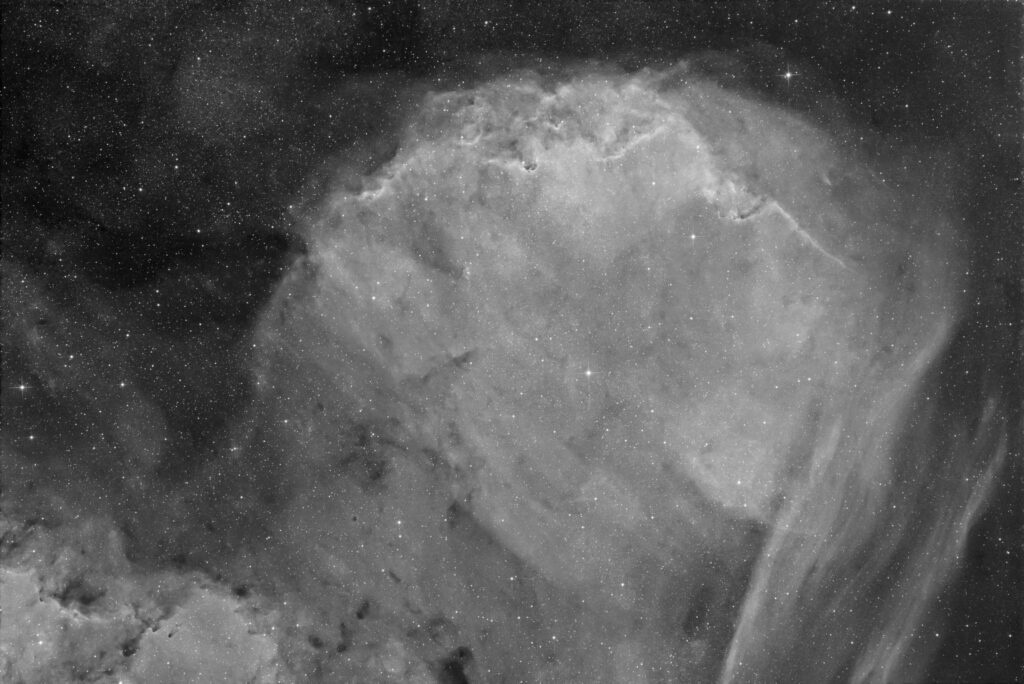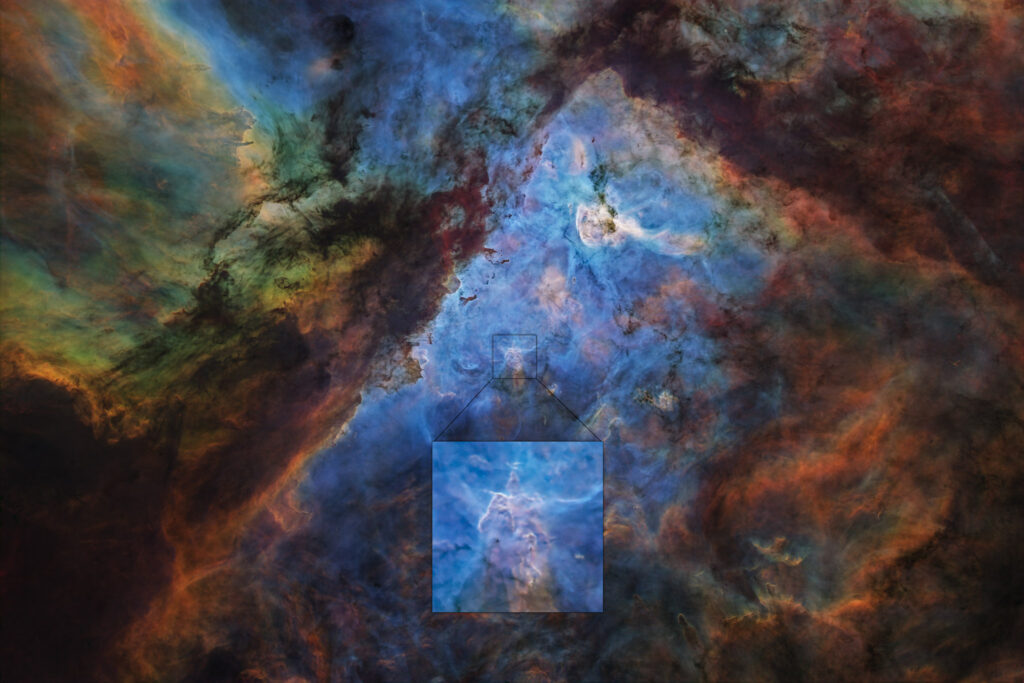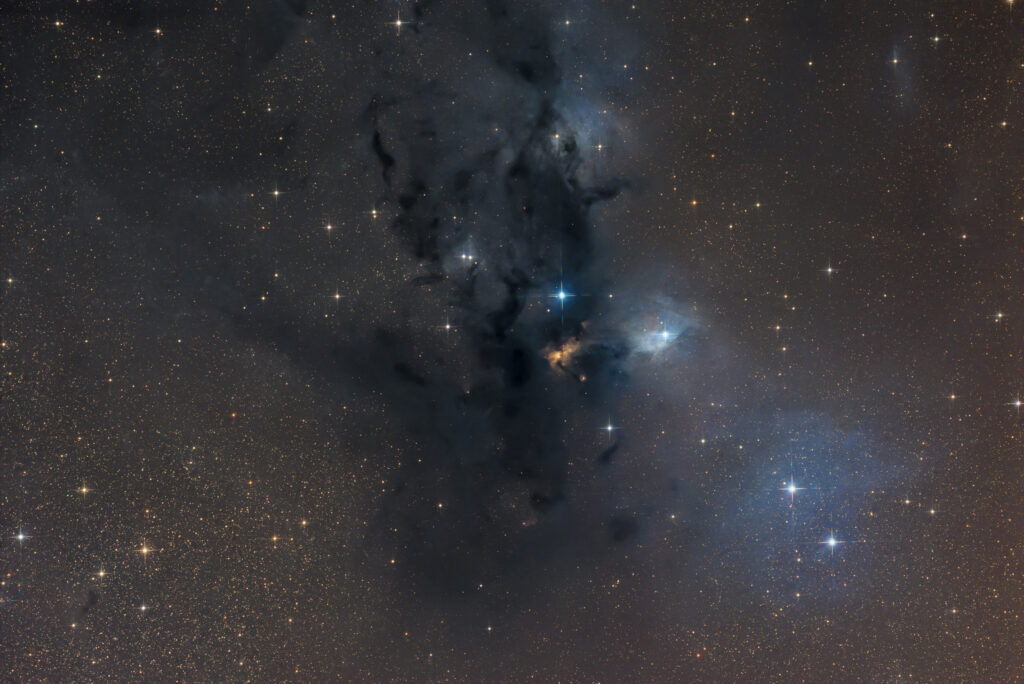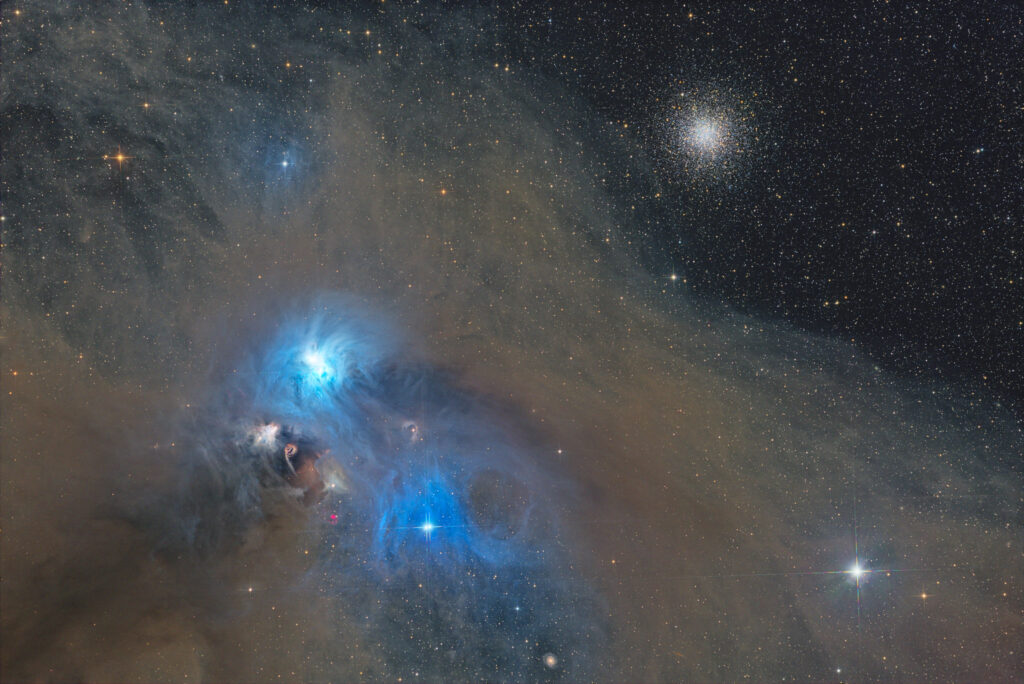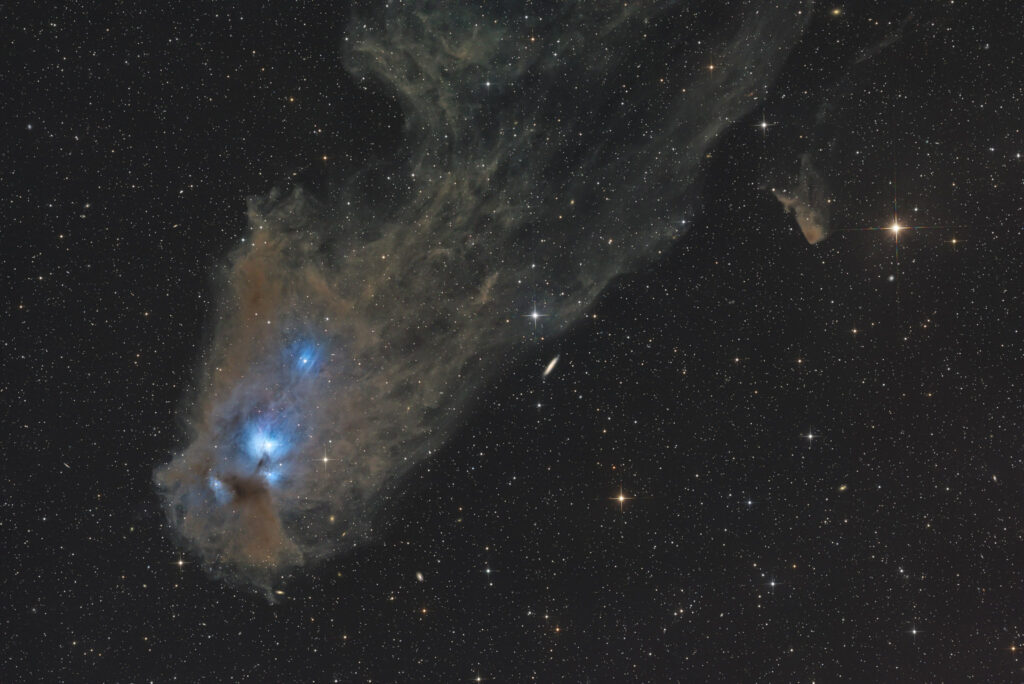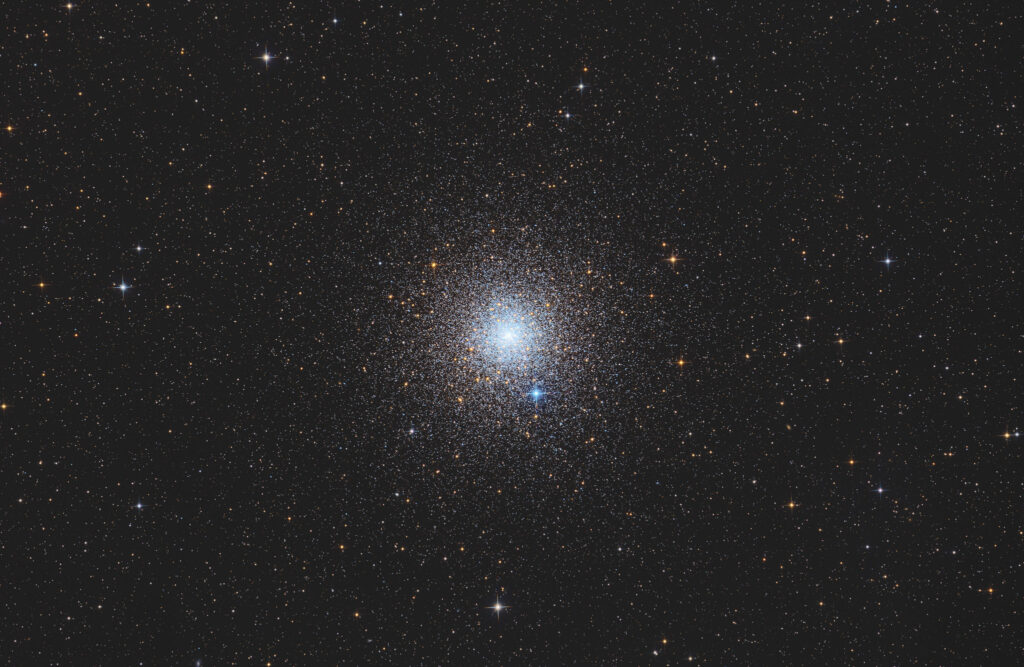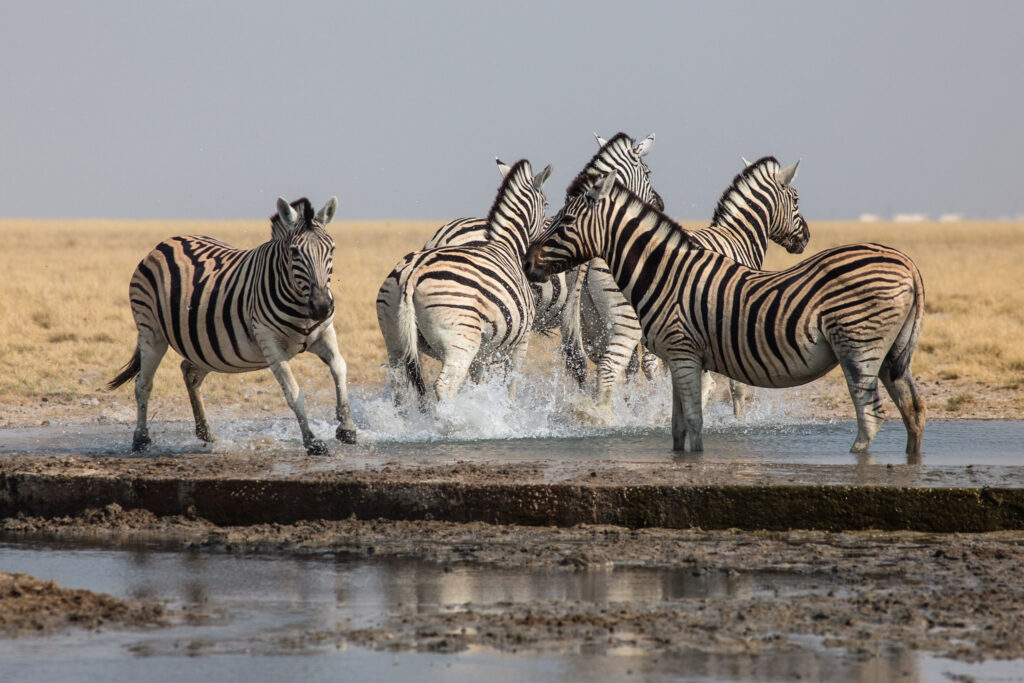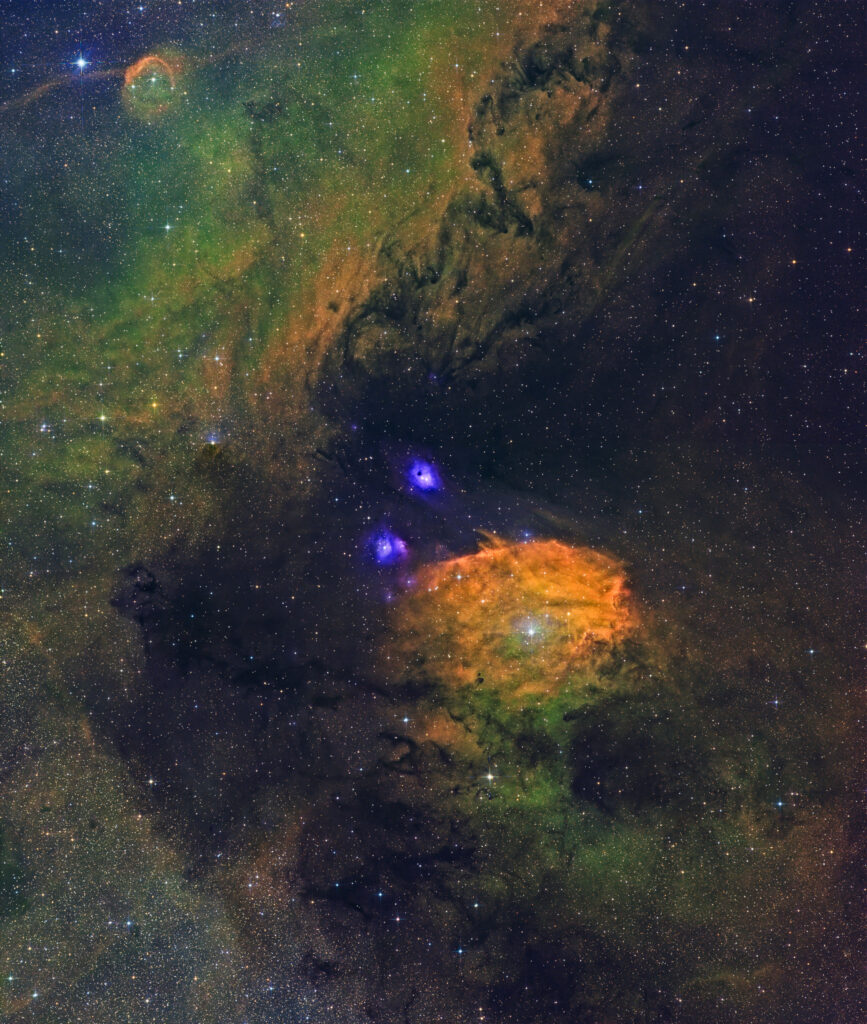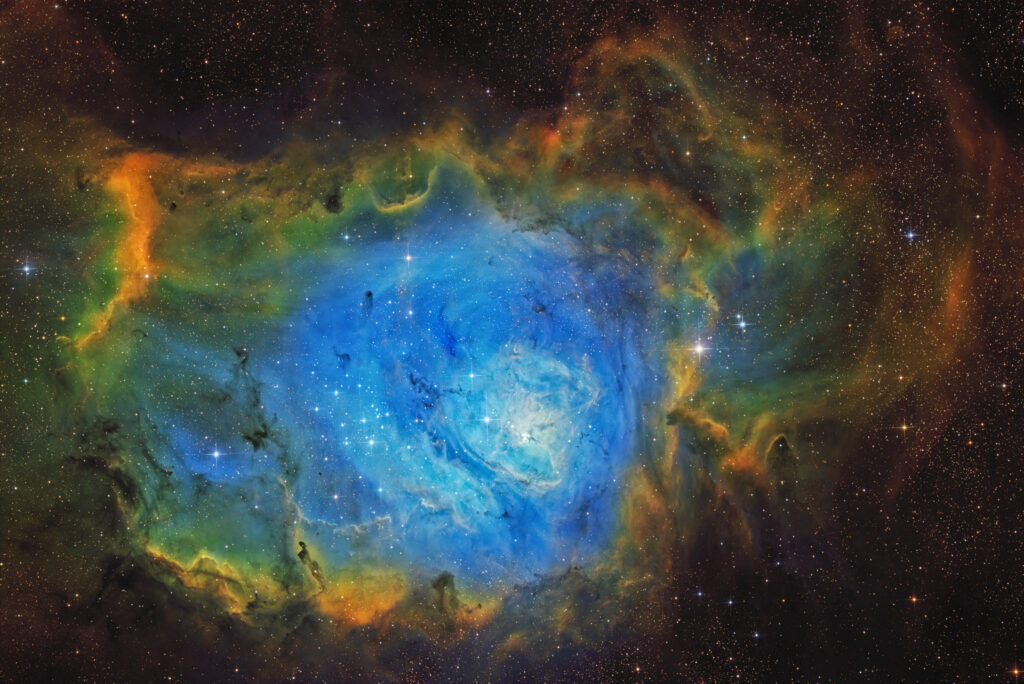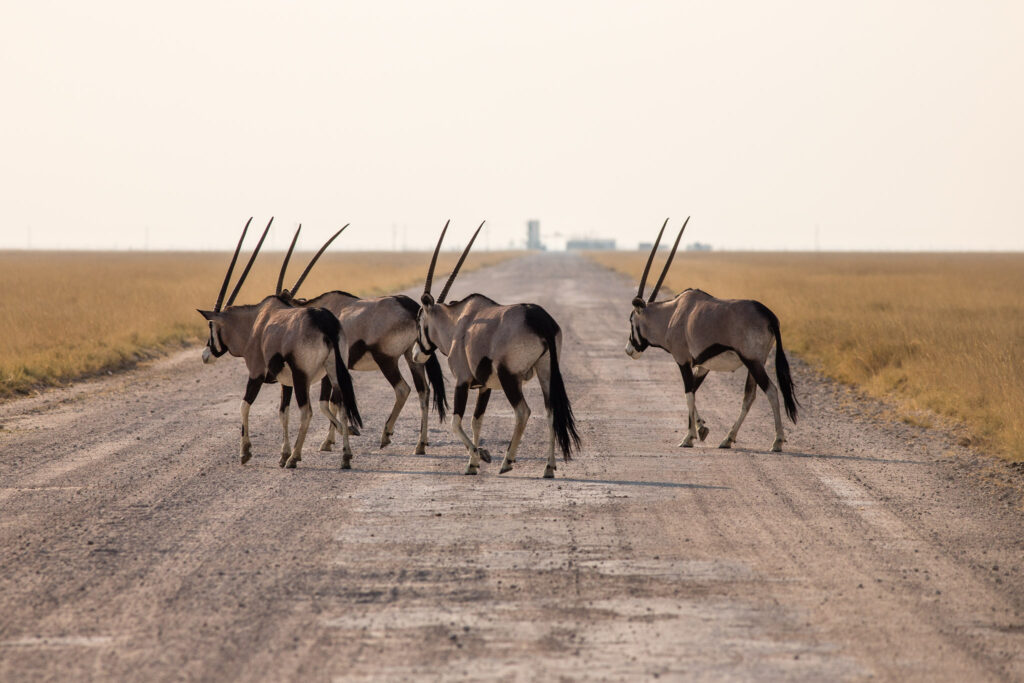
Another batch of images from the Etosha National Park, Namibia. See also the previous posting for day 1, day 2 and day 3, as well as the expanded series in the gallery.
Ein weiterer Schwung von Bildern aus dem Etosha National Park, Namibia. Siehe auch das vorherige Posting zu Tag 1, Tag 2 und Tag3, sowie die erweiterte Serie in der Galerie.
Gallery > Photography > Namibia > Namibia 2023 – Etosha
Continue reading